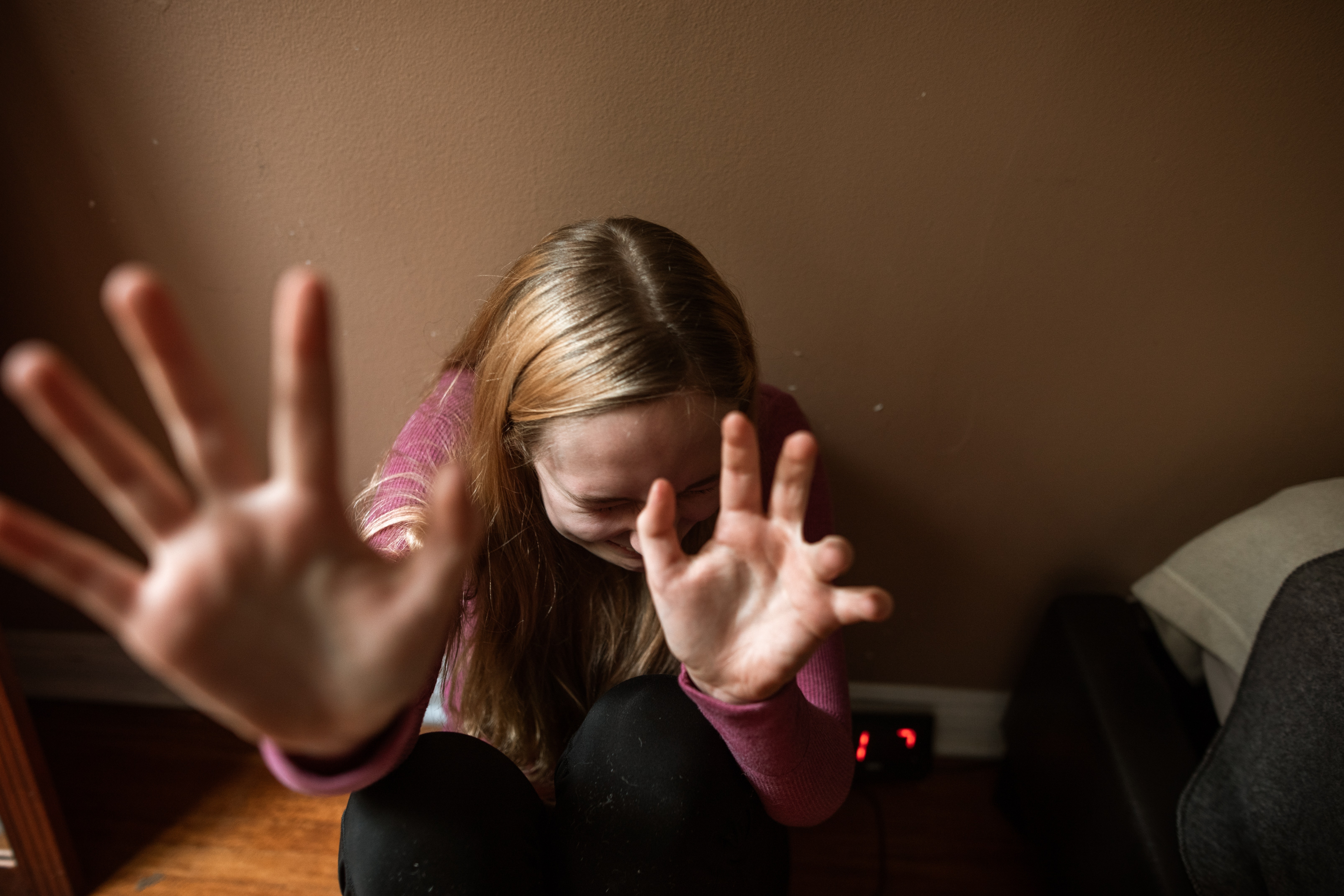
We don’t let kids smoke, drink, gamble or take drugs, so why do we let them use Instagram?
At senate hearings last week, US Senator Edward J. Markey, said, “Facebook is just like Big Tobacco, pushing a product that they know is harmful to the health of young people, pushing it early, all so Facebook can make money … Instagram is that first childhood cigarette, aimed to get teens hooked early ”. The Senator was talking about internal research conducted by Facebook on its subsidiary Instagram over the last three years. The studies had been leaked by a whistle-blower and former Facebook employee and they came to some stunning conclusions.
Some of the research concludes “We make body image issues worse for one in three teen girls,” and “Teens blame Instagram for increases in the rate of anxiety and depression. This reaction was unprompted and consistent across all groups.” Other internal documents described children aged 10-12 as a valuable ‘untapped audience’ and even suggested they could appeal to younger children by ‘exploring playdates as a growth lever’.
Another leaked internal study of teens who struggle with their mental health, found that 35 percent of UK teenage girls felt Instagram made things worse and 13 percent of UK teenage girls felt their suicidal thoughts started on Instagram. When the researchers asked teens how Instagram harmed their mental health they cited, “the pressure to conform to social stereotypes,” “pressure to match the money and body shapes of influencers” and “the need for validation – views , likes and followers.”
Other research not funded by Instagram has shown similar things for at least the last five years, but this is the first time it has been clear the company has known this. All the while it has made public statements to the contrary. It smells a lot like Big Tobacco’s, public denials in the eighties while it sat on a mountain of internal evidence of harm. It is no wonder the Senator drew the parallel.
Social media like Instagram destroys teen mental health because it is addictive. It is not accidentally addictive. It is very much on purpose. Or as Tristan Harris, a former in-house ethicist at Google puts it, “the largest supercomputers in the world are inside of two companies — Google and Facebook — and … we’re pointing them at people’s brains, at children.”
The purpose of all this computing power is to get more minutes of your attention. Attention is gold. It can be sold for billions to an army of eager advertisers. Every extra minute of a child’s attention mined by those super computers is money in the bank. To do it, the programmers use everything we know about how our reward system works.
We like to be liked by others, so we’re constantly scanning our peers for signs that we’re liked. We’ll actively seek out things we think will mean we’re liked more, and we’ll avoid things that might mean we’re liked less. We call this peer pressure, and it drives us to ensure our behaviour is consistent with that of the others in our group.
At the biochemical level peer pressure is driven by a hormone called oxytocin. Oxytocin is our super reward for bonding with others. When we think people like us, oxytocin is released and it, in turn, stimulates dopamine release, ensuring we desire the thing producing the oxytocin response. Every time we gain a follower or something we post to social media collects a like, comment or view, we get a little bump in oxytocin.
In real life, we might receive a compliment or a smile every now and then, but there is no equivalent for receiving hundreds of ‘likes’ for everything we do or say. Social media is a high speed simulator of stimulating social interaction and just like other high speed computer simulations like gambling, gaming and porn, it is intoxicating and powerfully addictive.
The reward pathway in women is significantly more sensitive to oxytocin than that in men. This means women are significantly more sensitive to social cues than men, and find social interaction more rewarding than men do. Because of the low GABA levels in adolescents, teenage girls have this sensitivity dialled up to ‘maximum’, making them desperate for the approval of others and extraordinarily vulnerable to technologies that exploit that need.
The brain adapts to addiction by temporarily rewiring into a dopamine adapted state. It makes addiction harder to break and simultaneously makes us anxious, depressed and prone to suicidal thoughts. The teens in the Instagram research felt worse after using the app for the same reason a drug addict feels worse when they are not high. Addiction is a powerful driver of anxiety and depression. Addictive behaviour is stress relieving behaviour for the anxiety that addiction creates. It is a highly destructive vicious circle.
The latest leaked research makes it clear how sinister the social media giants are. They have known all of this, have done for a long time and don’t care. As Chamath Palihapitiya, Facebook’s former vice president for user growth, said in 2017, “the short-term, dopamine-driven feedback loops we’ve created are destroying how society works.”
We don’t let children buy cigarettes, alcohol or drugs. We don’t let them gamble and they are not legally allowed to access pornography. Hell, we even have confectionary-free checkouts in supermarkets. We don’t want our kids to be exploited for profit by merchants of addiction. Big Social Media has demonstrated that it is more than happy to addict kids for profit regardless of the consequences. It’s time we recognised there is very little to distinguish them from Big Tobacco. It’s time we revoked their right to operate. And its time they paid the price for the massive damage they are doing.
Photo by ROMAN ODINTSOV from Pexels

















Recent Comments